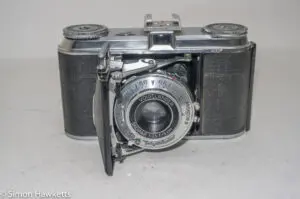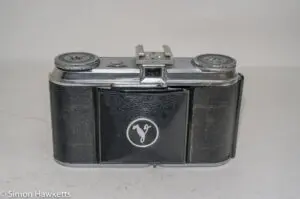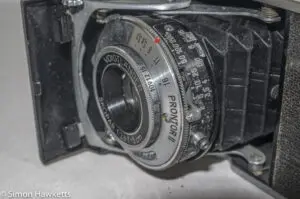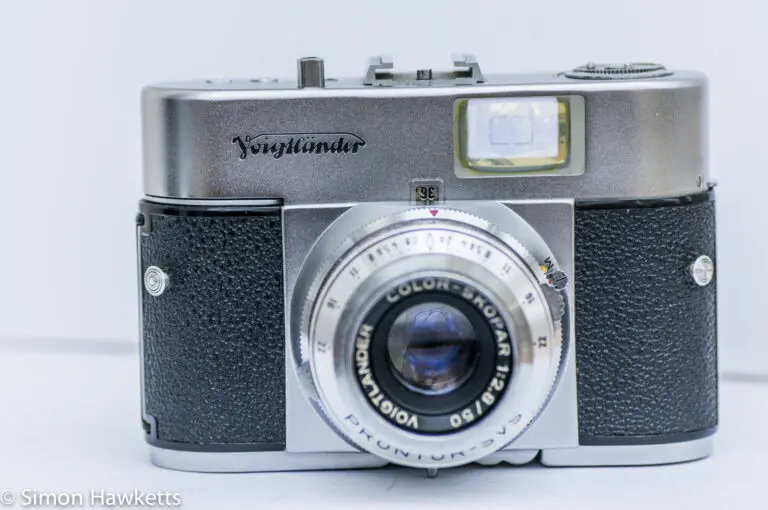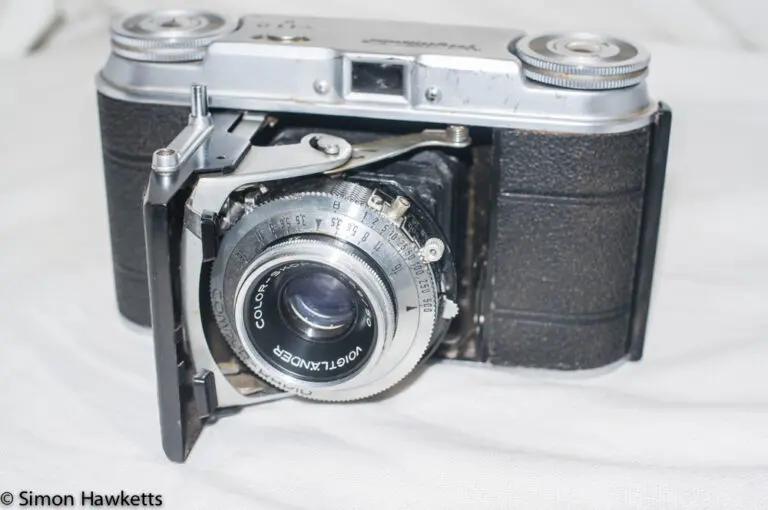The 1947 Voigtlander Vito 35 mm Folding camera
The Voigtlander Vito is a 35 mm folding camera fitted with a Prontor II shutter, a Voigtlander Skopar 50 mm f/3.5 lens and was made just after the second world war in about 1947.
Voigtlander Vito Images
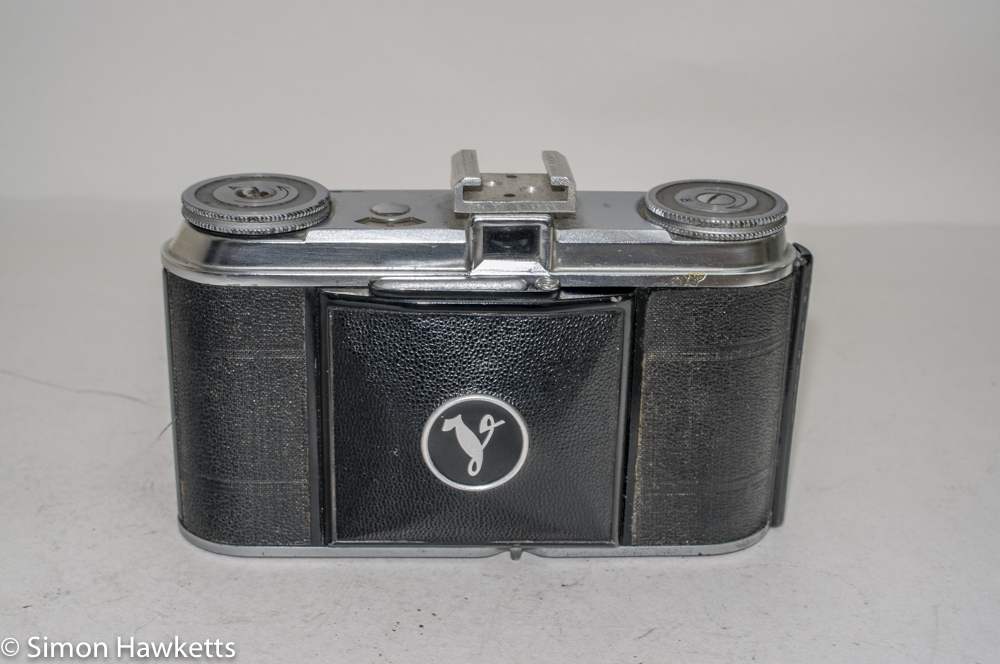
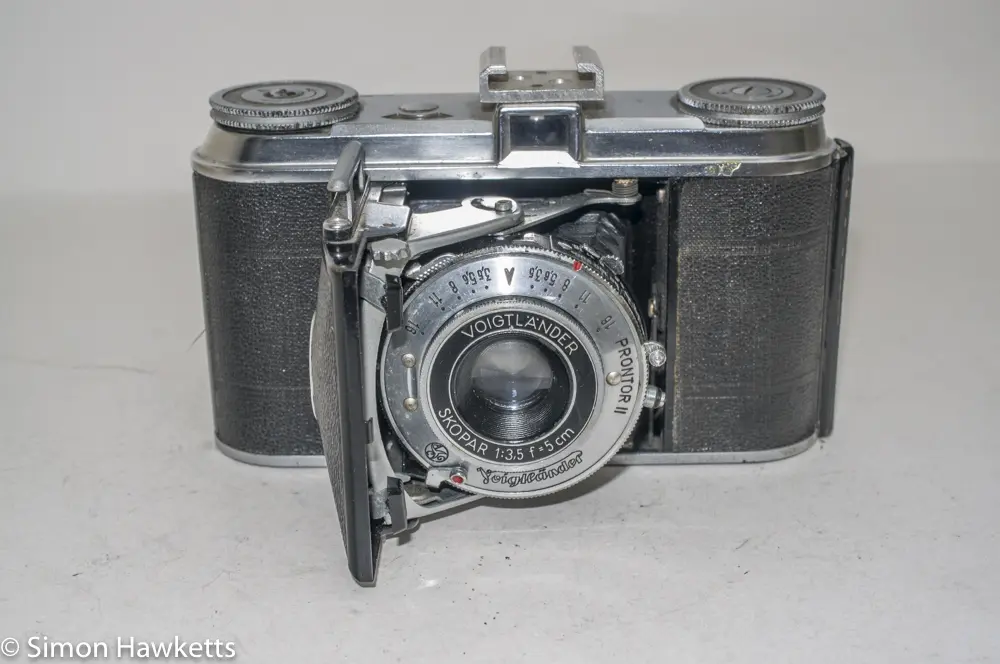
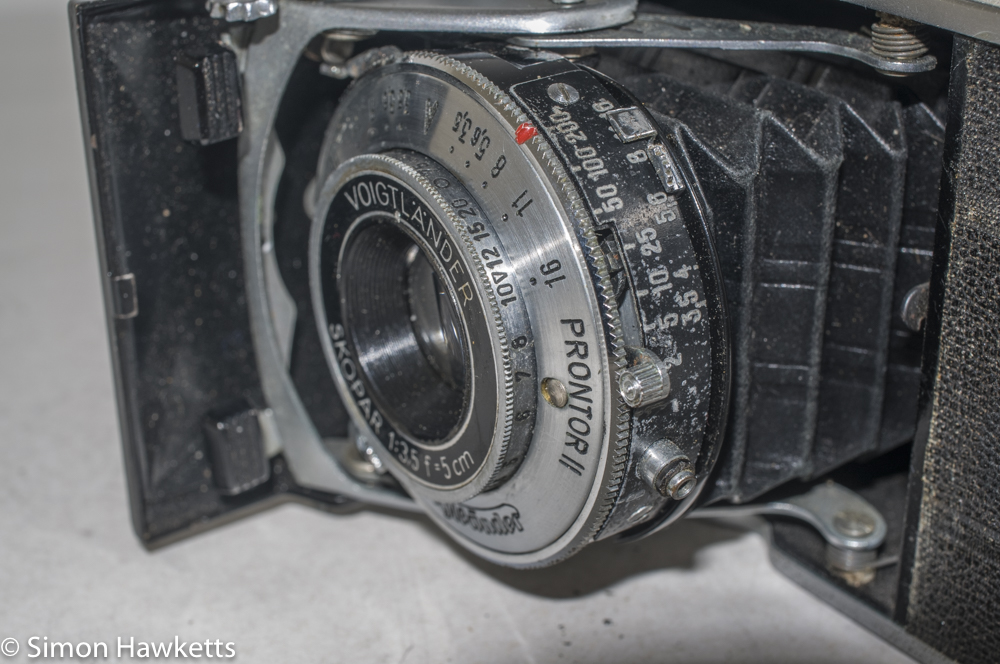
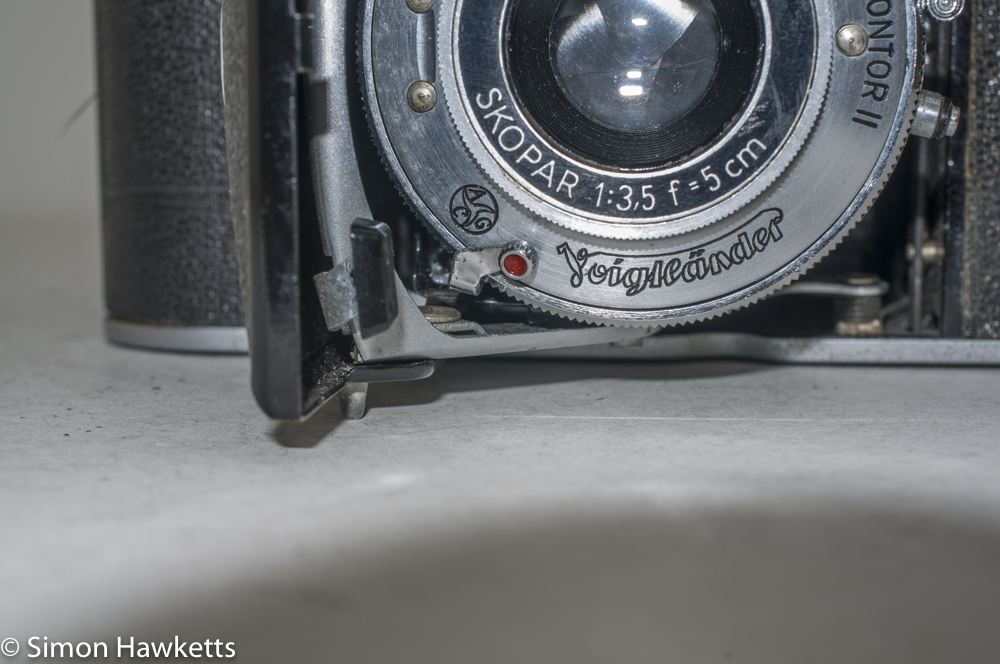
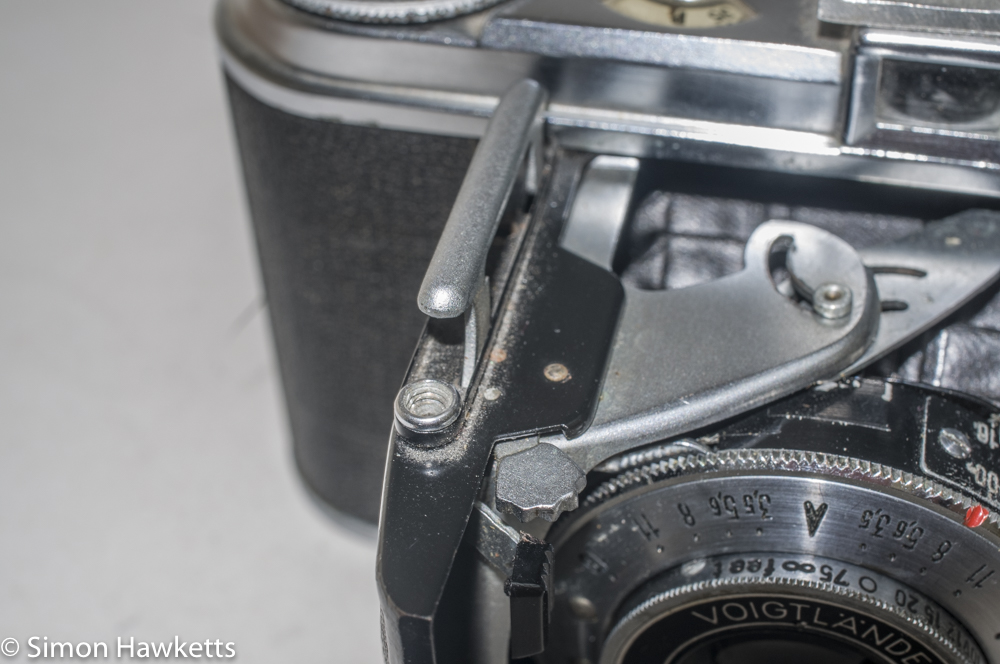
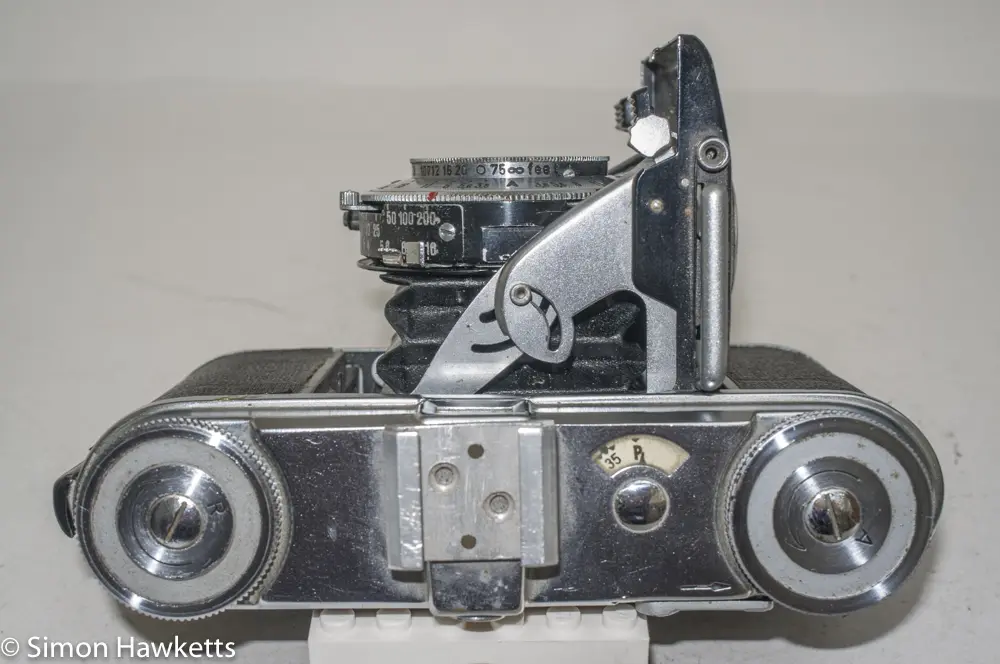
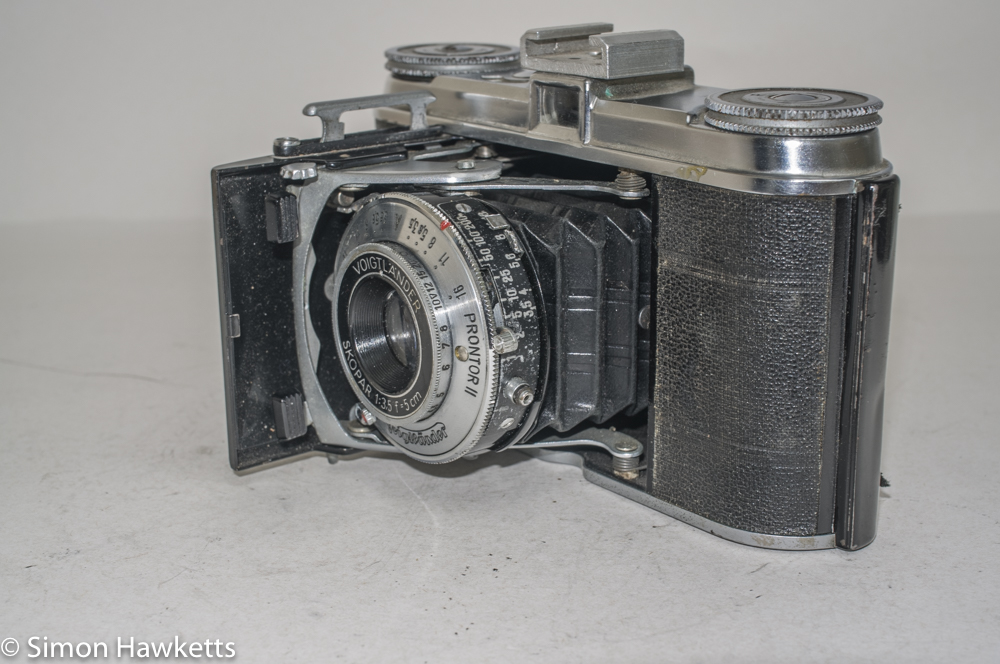
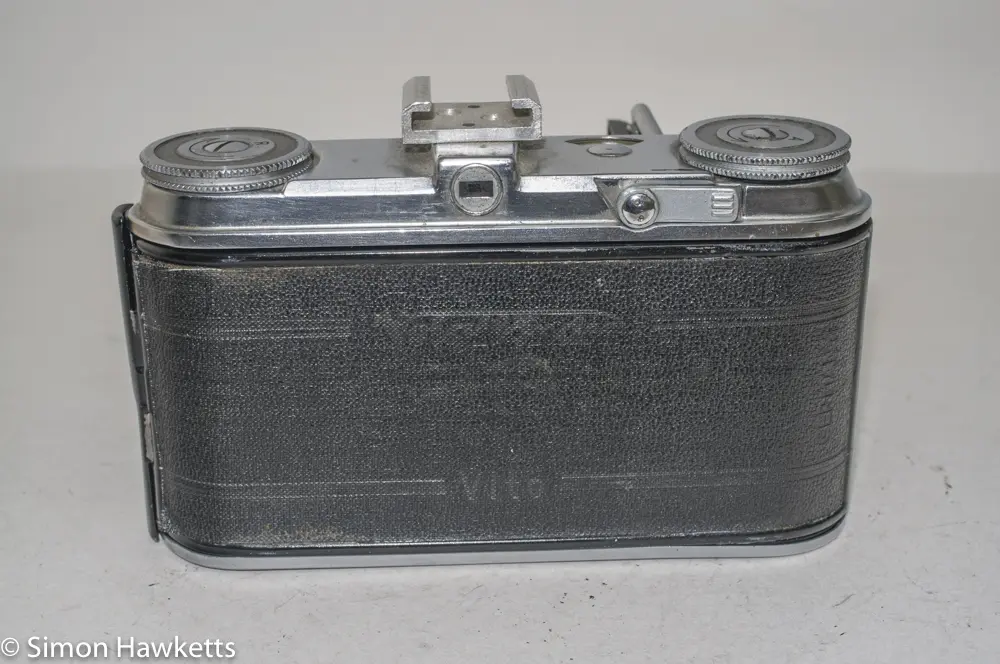
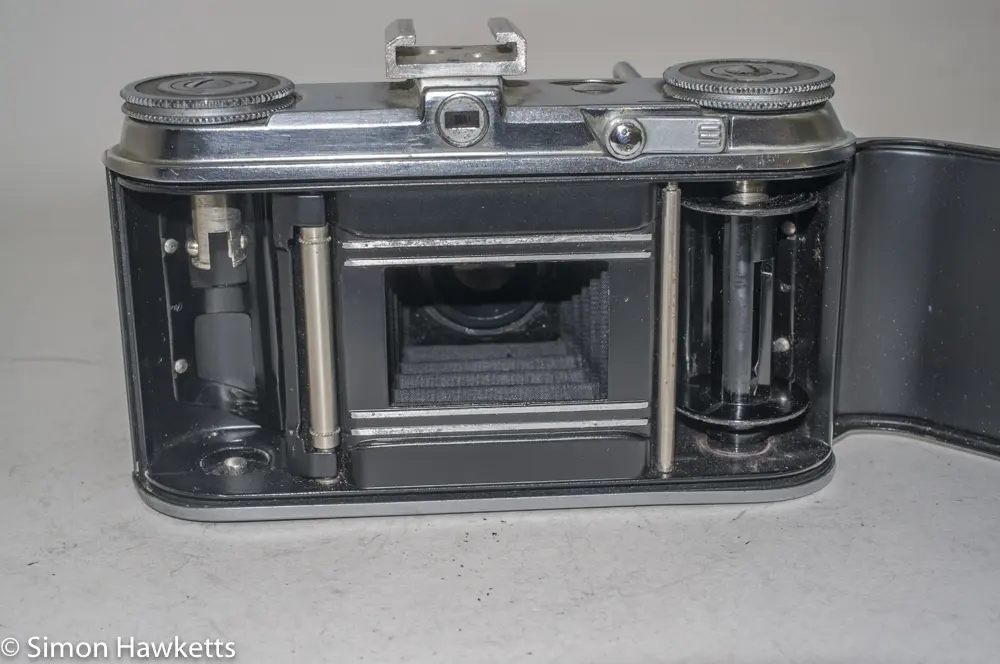
My Voigtlander Vito Camera
I bought this camera from eBay for about £5 which is a reasonably good price to acquire a Voigtlander.
I think the reasons the camera didn’t make more were because the seller described it as an ‘old camera’ and not a ‘Voigtlander camera’, and also because the postage charge was £7-50 which is too much for a single camera.
Just as an aside, I don’t think sellers really win when they set unrealistic postal charges; In this case a Voigtlander Vito would probably make £25 to £35 if it was properly described and had a reasonable postage charge, but in this case I limited my max bid to £8.96 because I factored in the postage, and won the camera for £5.23. As it happened, the camera turned up in a large cardboard envelope, wrapped in a couple of layers of bubble wrap and with a £3-40 stamp.
That aside, the unit seemed to be in pretty good shape. The only mechanical issue is with the slow shutter speeds and the self-timer which seem to be a bit sluggish – that’s to be expected really for a camera which is 70 years old, and is probably a relatively simple job to fix. Most importantly, the bellows seem to be in good condition, so the camera seems to be light tight.
Cosmetically there is not much wrong that a good clean and brush up won’t fix, although the mechanisms like the door clamp and the lens cover could probably do with some lubrication.
One oddity with my example is the accessory shoe fitted over the viewfinder. As far as I can tell the Vito didn’t have an accessory shoe, but this one seems to be bolted quite firmly, so I think this is a hand mod that a previous owner has carried out.
Voigtlander Vito Description
The Voigltander Vito was the first in a long line of cameras which bore the Vito name, although not all were folding cameras.
One of the most obvious advantages of a folding model is the small size, and the Vito is no exception being only about 4 inches long, 2 inches high and about an inch deep when the lens is folded in. This makes it quite easy to slip into a jacket or coat pocket and have available with you at all times. When the lens is popped out, by pressing the small button on the bottom, the depth increases to about 2 1/2 inches, meaning it is still quite small and convenient.
This first model Vito has a film take up reel fitted, but it is removable meaning an empty 35 mm film canister could be fitted in its place and the film could then be transported from one canister to another. The advantage of that would be that if the camera back were to be opened, the exposed film would be protected.
The film needs to be fitted to the camera for the shutter to properly fire because the multiple exposure prevention mechanism is set by the rotation of the film guide roller in the camera. I could simulate winding the film on with the camera back open and turning the rollers to check the camera is working, but for normal operation the film needs to be present.
The shutter fitted is a Prontor II unit which has a range of speeds from 1 sec to 1/200, a bulb position and a self-timer. The 50 mm f/3.5 lens is a Voigtlander Skopar which has good a reputation and was fitted to many of Voigtlander’s cameras for many years.
Later versions of the lens had coatings to correct the lens for colour photography, but the version fitted to this camera is not ‘colour corrected’ – probably in 1947 not many people used colour film. The shutter release has an interesting arrangement – it consists of a bar at the top of the lens cover which folds into the top of the cover as it is shut, and pops up when the case is opened. It also has a cable release socket at the end of the cover.
There are no exposure or focus aids fitted. Everything has to be manually adjusted including the shutter which has to be manually cocked before a picture can be taken. Because of this, the camera would be typically set to ‘snapshot’ settings of f/8, 1/100sec and focused at perhaps 20 feet, so it was ready for an instant picture, and could be adjusted to more relevant settings if the photographer had time to set it.
To rewind the film and remove it from the camera a small lever is fitted to the back which is lifted to disengage the film advance. The rewind crank can then be used to wind the film back into the canister and remove it. When the rewind lever is lifted it also exposes a thumb wheel which is used to set the frame counter when the film is loaded.
Voigtlander Vito Specifications
- Voigtlander Vito 35mm folding camera
- Prontor II shutter with speeds of 1 sec to 1/200 sec + bulb
- Mechanical self timer
- Voigtlander Skopar 50mm f/3.5 lens
- Aperture range f/3.5 to f/22
- Manual focus
- Removable film real – can be replaced with 35mm cartridge
- Press shut film chamber with ‘clam shell’ style lock
- Count down frame counter
- Accessory shoe fitted (non standard)
- Table top stand built in
- Manual available on-line here
Discover more from Everything Vintage
Subscribe to get the latest posts sent to your email.

